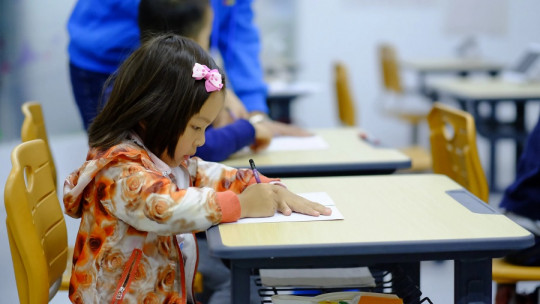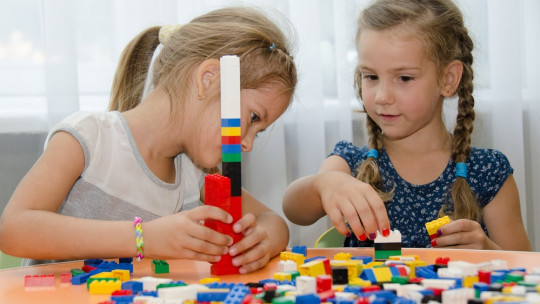
We can learn in many ways, but the way that most completely encompasses the emotional, motivational and cognitive dimension is called significant learning
When this type of learning occurs, the way of associating previous skills and knowledge and so that new information can be integrated into them is shaped by the motivational source and the meaning attributed to what is learned. This is important, considering that The key that makes the difference between the different forms of learning is in the process of knowledge construction
An approach to the idea of meaningful learning
Meaningful learning involves a process in which the person collects information, selects it, organizes it and establishes relationships with the knowledge they previously had. Thus, this learning occurs when the new content is related to our lived experiences and other acquired knowledge over time having the motivation and personal beliefs about what is important to learn a very relevant role. This entails giving new knowledge a unique meaning for each person, since each of us has our own life story.
When meaningful learning occurs, mental models created over time and experience determine how we will view information and how we will manage it. So to speak, our way of internalizing what is learned and giving it meaning gives us an idea of the “glasses” with which we see reality, and vice versa.
The emotional dimension of learning
The process of attributing a personal meaning to what we learn goes through a more affective and emotional dimension than the one we usually relate to the “technical” learning of a subject, in which it is simply repeated, practiced and memorized.
It is not just about retaining information in memory for a period of time and then releasing it as it could be in an exam answer: The purpose is to give a personal meaning to knowledge to be able to explain it in your own words, and even, once significant learning has been completed, create new knowledge through it.
In this way, the difference between the significant learning and a repetitive learning It refers to the relationship, or not, of the material to be learned with prior knowledge. Meaningful and non-arbitrary relationships, that is, if it is possible to relate to prior knowledge, meanings can be attributed, from which a knowledge mind map In this way, it is possible to modify the cognitive structure, something that repetitive learning would not do, since it can only be maintained for a short period of time.
Two factors to take into account
For learning to be meaningful, two conditions must be met. The content must be potentially significant from these aspects:
1. Logical significance
At the level of internal structure of knowledge, it must be relevant and with a clear organization
2. Psychological significance
From the ability to assimilate it, There must exist within the cognitive structure the relevant and relatable elements with the learning material. There must therefore be a favorable disposition to learn new material and relate it to what you already know previously.
Comprehensive memorization
It is obvious that to carry out learning, not only must the material exist, but the motivational and emotional components are key to a good disposition to learn and the relationship between concepts. At stake is not only individual capabilities to acquire knowledge, in terms of maturation either cognitive competence
In order to consolidate this new knowledge through meaningful learning, the comprehensive memorization Building new meanings involves modifying previous ones and adding new elements to form relationships. Memorization is comprehensive because the constructed meanings modify, add to, and enrich cognitive schemes.
Furthermore, the modification of cognitive schemes produced by the achievement of significant learning is directly related to the functionality of the learning carried out, that is, with the possibility of using what has been learned to face new situations.
When what is learned has meaning, it is not only more pleasant to expand knowledge: it is also These remain well in the memory and can lead to better solutions








